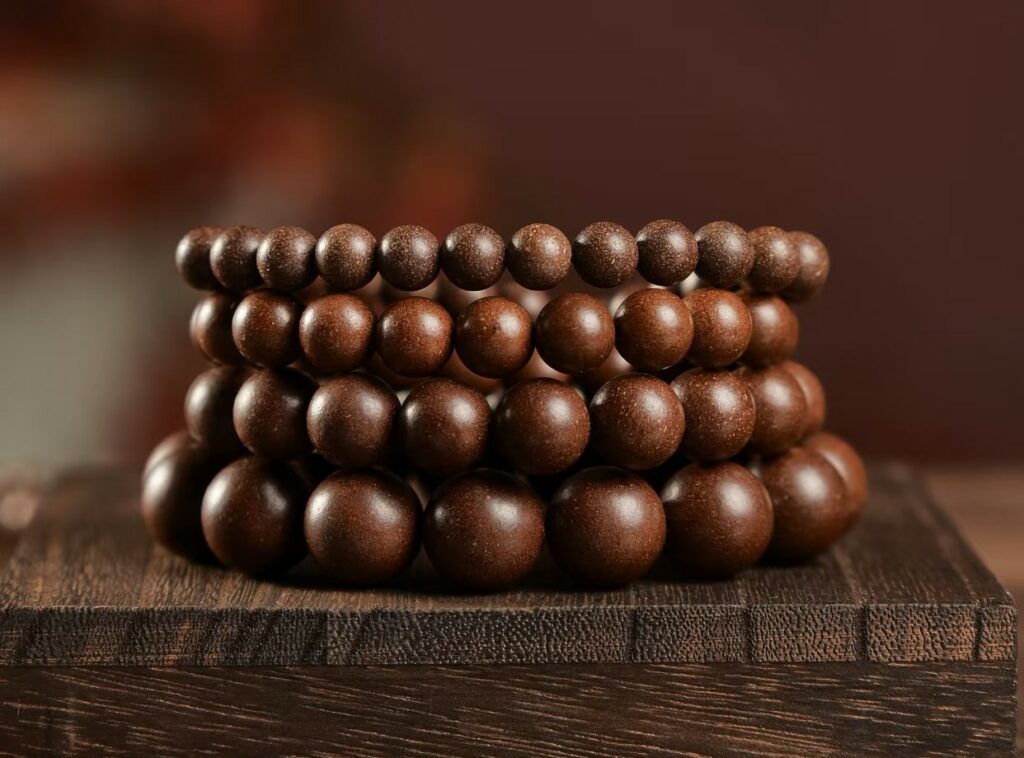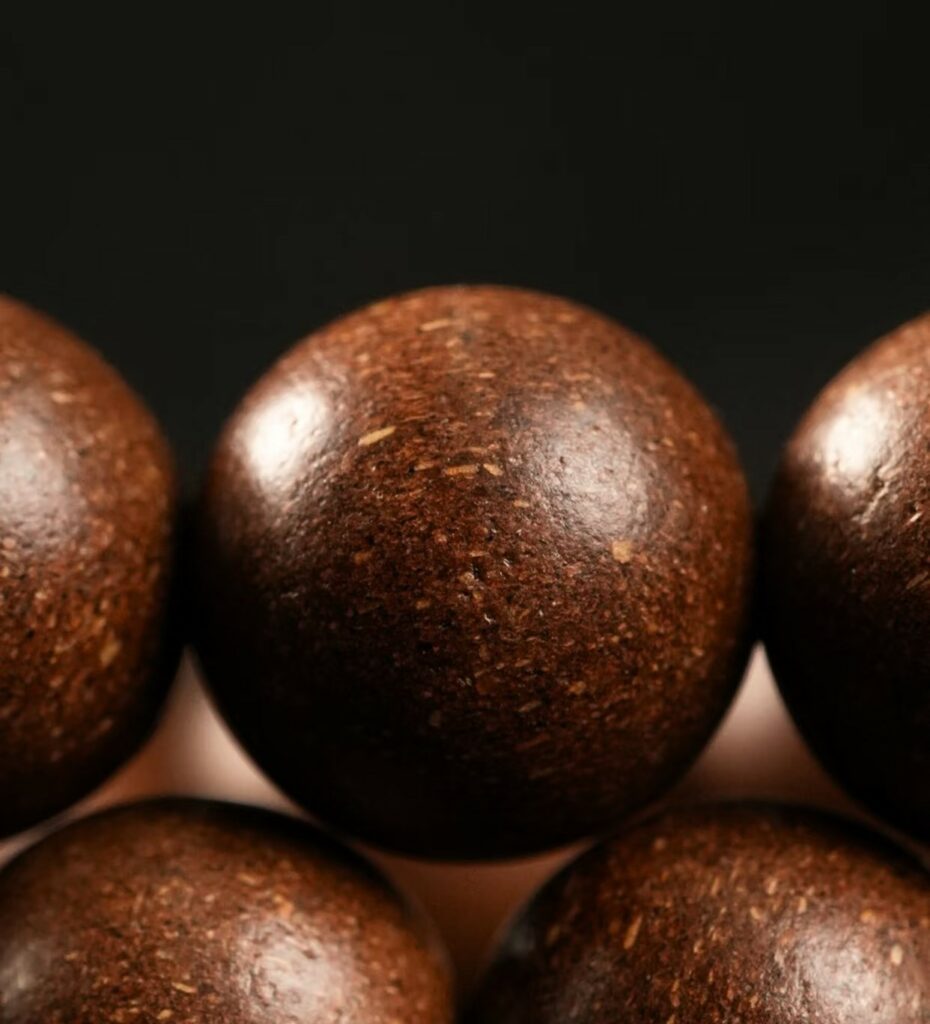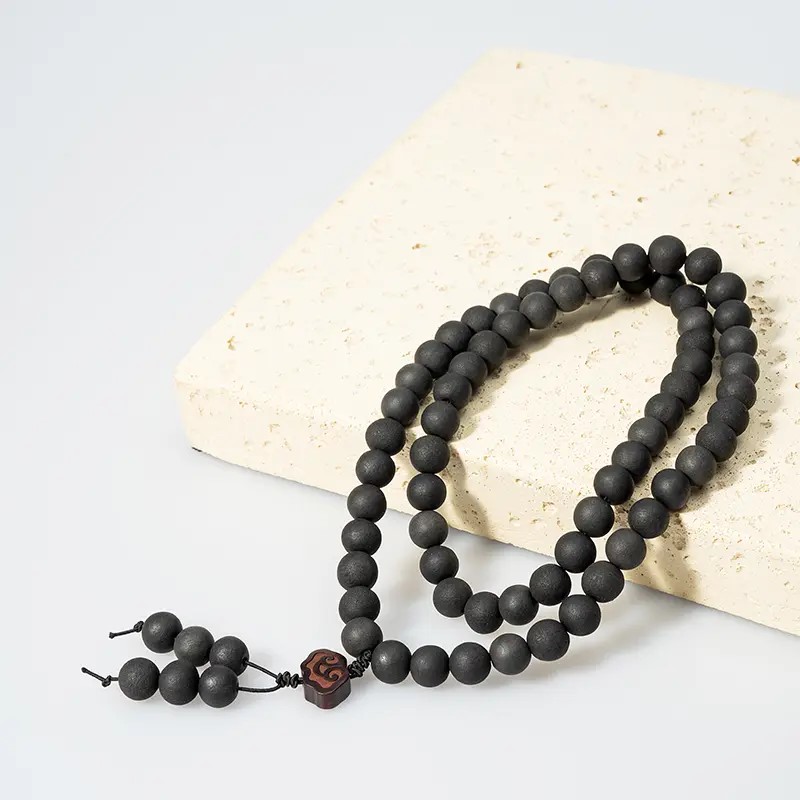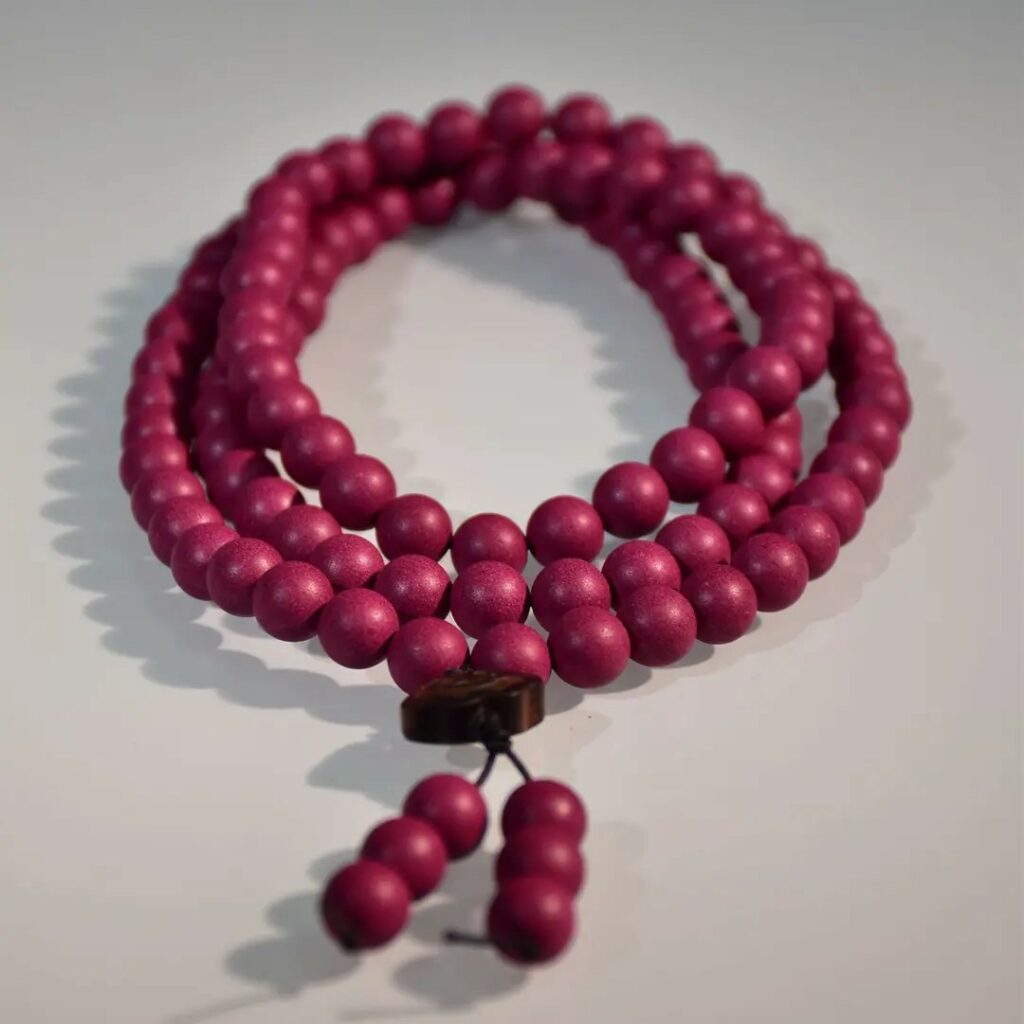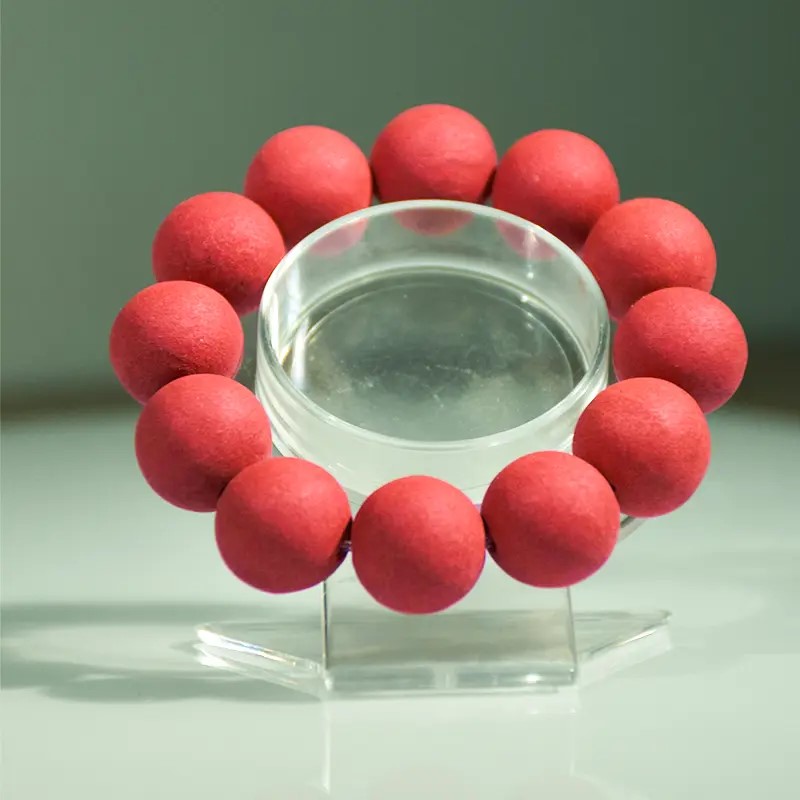Hexiang beads, exquisite artifacts of Chinese traditional craftsmanship, transcend mere ornamentation. They are repositories of cultural heritage, olfactory artistry, and holistic wellness principles, meticulously crafted from powdered precious herbs, resins, and woods bound with natural adhesives. Their creation is an alchemy of scent and form. However, this very composition – porous, organic, and sensitive – dictates a critical question for owners and practitioners: Can Hexiang beads be handled directly with bare hands? The nuanced answer, grounded in material science and preservation principles, is: Yes, but with significant caveats and strong initial recommendations against it during the crucial early phase. Direct handling is not the default safe approach; it demands stringent conditions and understanding.
Understanding the Nature of Hexiang Beads
Material Composition & Porosity: Hexiang beads are not inert stone or glass. They are a complex matrix of finely ground organic materials (sandalwood, agarwood, clove, amber, musk, various herbs) held together by natural binders (often honey, plum paste, or plant gums). This structure is inherently porous. Microscopic channels exist throughout the bead, allowing for the slow, beautiful release of fragrance – the “breathing” of the bead. This porosity also makes them exceptionally vulnerable to absorption.
Sensitivity to Contaminants:
Oil (Sebum & Lotions): Human skin naturally secretes sebum (oil). Even clean hands possess this. Lotions, creams, or any cosmetic residue are rich in oils and complex chemicals. When transferred to the bead surface, these oils are drawn into the porous matrix. This can:
Clog Pores: Inhibiting the proper release of fragrance, dulling the scent profile.
Cause Discoloration: Oils can oxidize within the bead or attract dirt, leading to uneven darkening, greasy patches, or a cloudy appearance.
Degrade Binders: Over time, oils can potentially break down the natural binders, weakening the bead’s structural integrity.
Water & Moisture: Water is anathema to untreated Hexiang beads. Immersion (bathing, swimming) or even significant exposure to humidity or sweat can cause:
Swelling & Distortion: The organic materials absorb water, causing the bead to swell, potentially crack, or lose its shape.
Binder Dissolution: Natural binders like honey or plant gums are water-soluble. Exposure dissolves the “glue” holding the bead together, leading to disintegration.
Mold & Mildew: Trapped moisture in the porous structure creates a perfect environment for fungal growth, ruining the bead and posing health risks.
Acids & Salts (Sweat): Human sweat is a complex mixture of water, salts (primarily sodium chloride), urea, lactic acid, and other compounds. This cocktail is particularly damaging:
Chemical Reaction: The acids and salts can react with the organic compounds in the herbs and woods, altering their chemical structure and thus their color and scent.
Surface Corrosion/Erosion: Salts can crystallize within the pores as sweat evaporates, creating pressure and potentially causing surface pitting or a gritty, eroded feel over time. Acids can accelerate degradation.
Irreversible Staining & Odor Contamination: Sweat readily penetrates the porous structure, causing deep, often blotchy staining (yellowish, brownish, or greyish hues) that cannot be removed. It can also impart an unpleasant, sour odor that mingles with or overpowers the delicate fragrance of the beads.
Dirt & Abrasives: Microscopic dirt and grit on hands act as abrasives. Rubbing beads with dirty hands is like sanding them down microscopically, leading to surface scratching, loss of fine detail, and a prematurely worn appearance.
Traditional Chinese Compound Incense
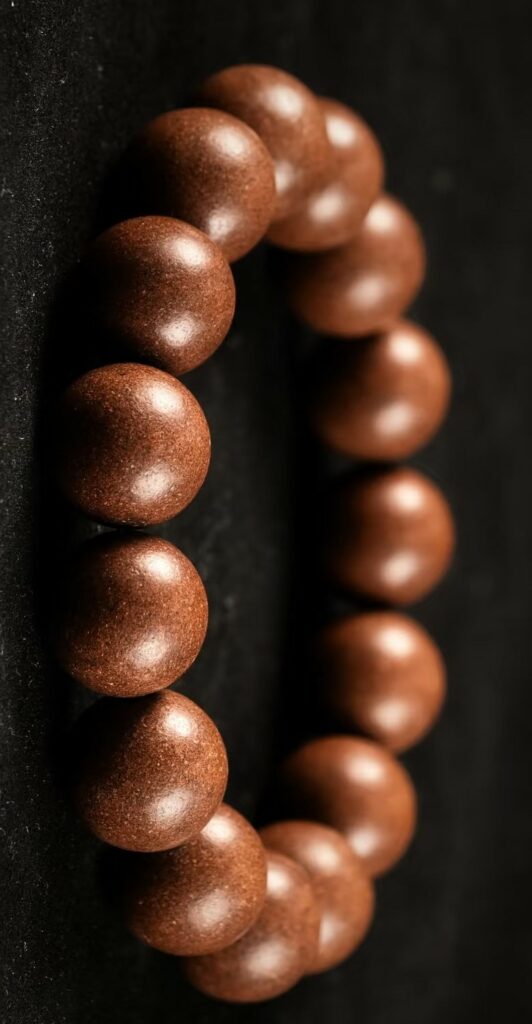
Traditional Chinese Compound Incense
The Delicate Art of Chinese aroma incense
Incense beads, or Chinese aroma incense beads , are far more than simple ornaments. These meticulously crafted spheres, born from the fusion of powdered precious woods, resins, herbs, and binding agents, represent a unique intersection of ancient Chinese fragrance culture, artistry, and contemplative practice. beads
The Case for Initial Glove Use (The First Week and Beyond)
The recommendation to wear clean, soft cotton or white linen gloves for the initial handling period (typically at least the first week) is not arbitrary; it’s fundamental preservation science:
Establishing a Protective Barrier: Gloves create a physical barrier preventing the direct transfer of sebum, sweat, dirt, and any residual contaminants from the skin to the bead’s virgin surface. This is crucial during the most vulnerable stage.
Facilitating Initial “Pan” (Polishing): The gentle friction of “pan” serves multiple purposes:
Smoothing: It helps polish the surface, removing any minuscule irregularities from the crafting process.
Heat Generation: Gentle rubbing generates mild, even heat. This heat is critical as it helps:
Activate Binders: Warmth slightly softens the natural binders (like honey), allowing them to flow microscopically and better seal the surface.
Draw Out Inner Oils: Many aromatic woods and resins contain volatile oils. Gentle heat encourages these oils to migrate slightly towards the surface.
Forming the “Primordial” Patina/Seal: This combination of friction, controlled heat, and the absence of direct skin contaminants allows the bead’s own materials to begin consolidating on the surface. A very thin, initial layer forms – not the deep patina of aged wood or lacquer, but a crucial micro-seal. This nascent seal:
Reduces Porosity: It partially fills the largest surface pores.
Enhances Luster: Creates a subtle, natural sheen.
Provides Foundational Protection: Offers a slight buffer against inevitable minor environmental exposure and prepares the surface for safer, future bare-hand contact. It makes the bead less “thirsty” for skin oils.
Ensuring Uniform Development: Gloves ensure even contact and pressure distribution, promoting uniform surface development and preventing patchiness that can result from inconsistent finger pressure or localized sweat/oil transfer.
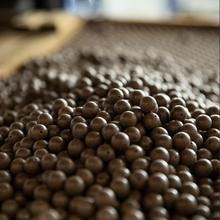

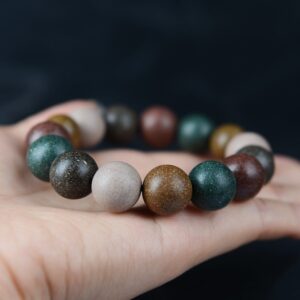
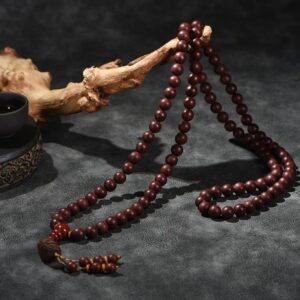
The Transition to Bare-Hand Handling: Strict Protocols
Once this initial micro-seal is established (after at least a week of diligent glove panning), bare-hand handling becomes possible, but only under rigorously controlled conditions:
Immaculate Hand Hygiene is Non-Negotiable:
Thorough Washing: Hands must be washed meticulously with unscented, residue-free soap immediately before handling. Pay special attention to removing oils from fingertips and palms.
Complete Drying: Hands must be dried completely with a clean, lint-free towel. No residual moisture whatsoever.
Zero Contaminants: Absolutely no hand lotions, creams, oils, perfumes, food residues, or dirt. Hands must feel completely clean and dry to the touch.
The Sweat Imperative: If your hands are prone to sweating at all, or if the environment is warm/humid, gloves remain mandatory. Even slight perspiration introduces damaging salts and acids. Do not gamble with this. Err on the side of caution and keep the gloves on permanently if sweating is a factor.
Gentle Contact Only: Bare-hand panning should be gentle and mindful. Avoid excessive pressure or vigorous rubbing. The goal is contact and warmth, not abrasion.
Duration & Monitoring: Limit bare-hand sessions initially. After handling, inspect the beads carefully under good light. Look for any changes in texture (stickiness, grittiness), sheen (dull spots), or color (darkening, spotting). If any negative changes are observed, immediately revert to exclusive glove use.
Why “Can” Doesn’t Mean “Should” (The Risks of Skipping Gloves)
Choosing to handle raw Hexiang beads directly from the start, even with clean hands, carries significant risks:
- Deep Contamination Before Protection: Without the initial micro-seal formed under glove protection, skin oils and microscopic sweat components penetrate deep into the porous structure immediately. This contamination is locked in, becoming the foundation upon which the bead develops, rather than the bead’s own pure materials.
- Inevitable Staining and Odor: Deep penetration of sweat salts and acids leads to rapid, uneven discoloration (often blotchy yellow-brown stains) and potential sour odor contamination that is impossible to reverse.
- Compromised Fragrance: Oils and contaminants clog pores at the source, hindering the proper diffusion and evolution of the bead’s intended complex fragrance profile. The scent may become muted, distorted, or muddied.
- Surface Degradation: Dirt and abrasives cause premature scratching and wear. Sweat salts crystallizing internally can cause a gritty texture or surface erosion over time.
- Weakened Structure: Deep moisture/salt penetration can accelerate the degradation of natural binders deep within the bead, increasing the risk of cracking or crumbling over the long term.
Absolute Prohibitions: Water Exposure
Regardless of glove or bare-hand status, the mandate is unequivocal: Hexiang beads must never be exposed to liquid water.
- Remove Immediately: Before washing hands, showering, bathing, swimming, doing dishes, or encountering rain. Water exposure is the fastest route to irreversible damage – swelling, cracking, disintegration, and mold.
- Humidity: Store beads in a temperate, dry environment with stable humidity. Avoid steamy bathrooms or damp basements. Use sealed containers with silica gel packs if necessary in humid climates.
Preservation Through Informed Practice
The question “Can I handle Hexiang beads directly?” reveals a tension between the desire for intimate connection with these precious objects and the imperative of their preservation. While direct handling is feasible after a careful initial period of protected glove panning has established a foundational micro-seal, it is a practice demanding unwavering discipline regarding hand purity and sweat avoidance. The initial glove period is not a mere suggestion; it is a critical investment in the bead’s longevity, appearance, and olfactory integrity.
Skipping this phase risks deep-seated contamination leading to irreversible staining, odor issues, fragrance compromise, and structural weakness. For those with naturally sweaty hands, gloves are not just recommended initially, but a permanent necessity. Absolute vigilance against water exposure remains paramount in all circumstances.
Respecting the delicate nature of Hexiang beads means understanding their material vulnerabilities. Opting for the glove-first approach honors the craftsmanship and precious materials, allowing the bead to develop its true character and patina from within, safeguarded from external pollutants. This mindful practice ensures that these aromatic treasures can be cherished, and their subtle fragrance enjoyed, for many years to come. The intimacy comes not just from touch, but from the dedicated care that preserves their essence.
